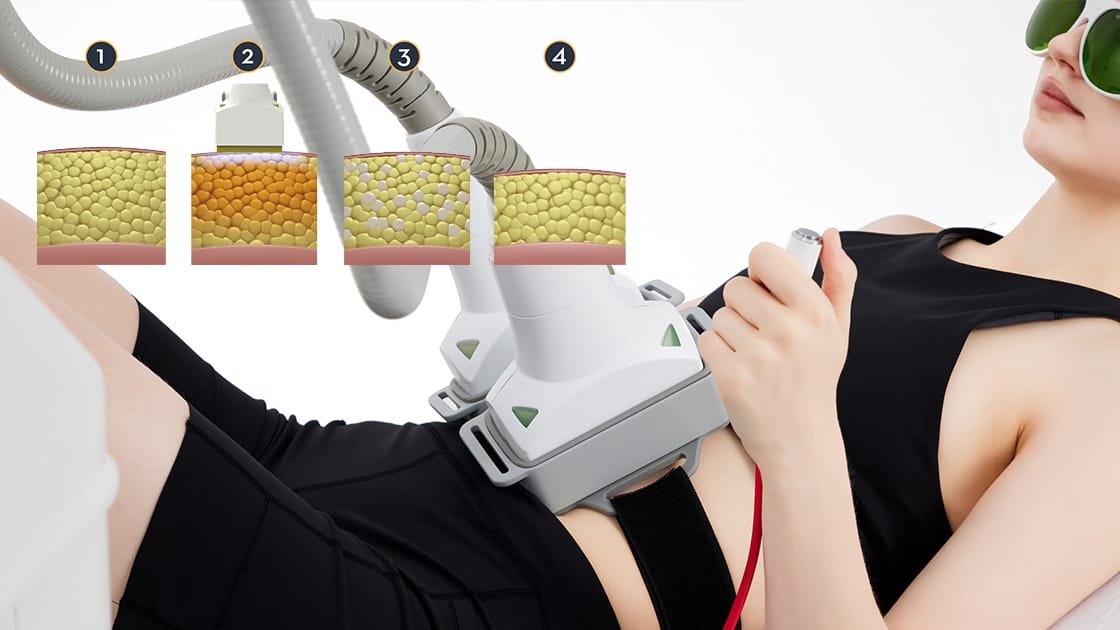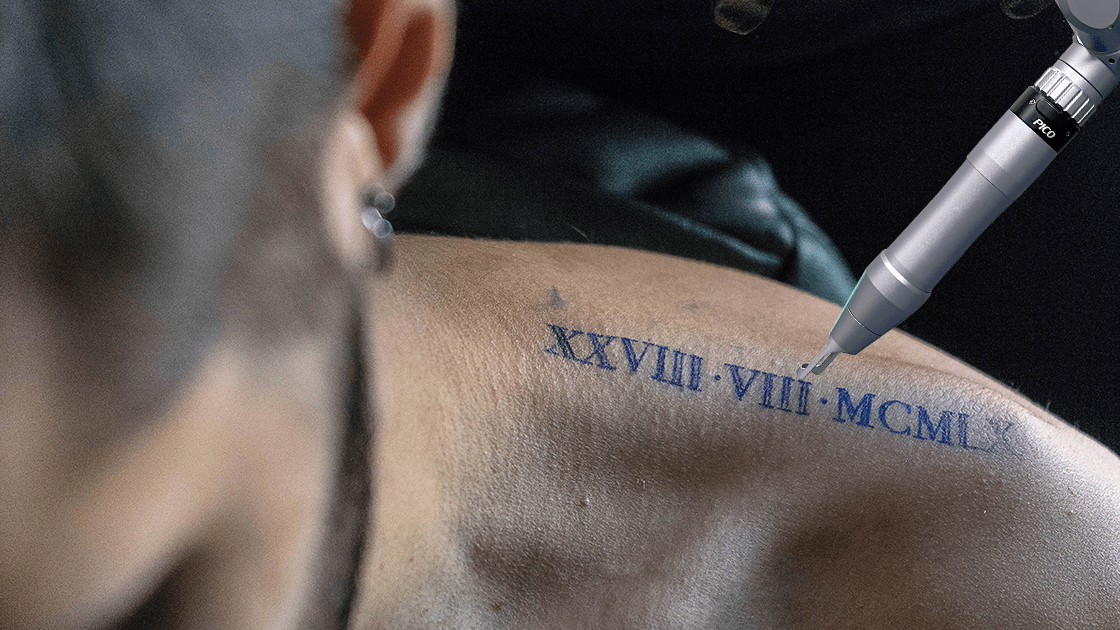Introduction: The Rise of Laser Lipolysis
Laser lipolysis has become a sought-after alternative to traditional fat-reduction procedures, offering a non-invasive and effective solution for body contouring. With the rise of body-conscious trends and the increasing demand for non-surgical treatments, laser lipolysis is quickly gaining popularity as a way to target stubborn fat. Unlike invasive liposuction or painful fat-freezing treatments, laser lipolysis uses focused laser energy to target fat cells, making it an attractive option for individuals looking to reduce localized fat and improve their body shape without significant downtime. But what happens to your fat cells after a laser lipolysis session? Let’s explore how this revolutionary treatment works and the results you can expect.
How Laser Lipolysis Works: A Deep Dive
Laser lipolysis uses low-level laser energy to break down fat cells beneath the skin. The system targets fat in areas like the abdomen, thighs, and arms. Unlike traditional liposuction, which physically removes fat, laser lipolysis melts fat cells, allowing the body to naturally process them. The laser’s specific wavelength (usually around 1064nm) is absorbed by the fat cells, causing them to break apart.
The key to laser lipolysis lies in its ability to selectively target fat without damaging surrounding tissues. The laser energy penetrates deep into the fat layer, rupturing the fat cells. Afterward, the body absorbs the liquefied fat through the lymphatic system and eliminates it through natural metabolic processes over time.
What Happens to Fat Cells After Laser Treatment?
The Process of Fat Cell Destruction and the Body’s Natural Elimination Process
When you undergo a laser lipolysis treatment, the fat cells are disrupted by the laser’s targeted energy. These fat cells don’t immediately disappear; instead, they are liquefied, and the body gradually breaks them down. Once the fat cells are ruptured, your body’s immune and lymphatic systems work together to eliminate the fat over a period of time. This process is gradual, typically taking about 4 to 6 weeks for the body to fully process the destroyed fat.
The natural elimination process transports the liquefied fat through the lymphatic system to the liver, where the body metabolizes and excretes it as waste. Since the treatment permanently destroys fat cells, the fat in the treated area won’t return, as long as the individual maintains a healthy lifestyle.
The Timeline: When Will Results Be Visible?
Although the fat is being processed immediately after treatment, visible results take time. Typically, clients begin noticing a reduction in fat in the treated areas after about 4 weeks. Full results can take anywhere from 6 to 12 weeks to appear, depending on individual metabolism and the treated area. In some cases, you may need multiple sessions to achieve the desired contour, especially for more stubborn fat deposits.
Does the Fat Ever Come Back?
Once fat cells are destroyed through laser lipolysis, they do not regenerate. However, it is important to note that if a person gains a significant amount of weight, the remaining fat cells in the body may expand. This is why maintaining a stable weight is key to ensuring long-term results after laser lipolysis.
The Benefits and Limitations of Laser Lipolysis
Benefits:
Non-invasive and No Downtime: One of the most significant benefits of laser lipolysis is that it requires no incisions or needles. Unlike traditional liposuction, which involves a lengthy recovery time, laser lipolysis is non-invasive and requires no downtime. Most patients can return to their normal activities immediately after the procedure.
Targeted Fat Reduction: Laser lipolysis allows for precision in treating localized areas of fat. Whether it’s love handles, belly fat, or excess fat around the thighs, the laser can target specific fat deposits for a more sculpted appearance.
Improved Skin Tightening: In addition to fat reduction, the heat generated by the laser promotes collagen production, which can help tighten and firm the skin. This benefit is especially noticeable in areas with loose or sagging skin.
Limitations:
Not a Weight Loss Solution: Laser lipolysis is not meant to be a substitute for weight loss. It is most effective for individuals who are already at or near their ideal weight but have localized fat that is resistant to diet and exercise.
Multiple Sessions Required: While some patients notice results after one session, others may require multiple treatments to achieve optimal results.
Possible Side Effects: Although generally safe, some patients may experience mild redness, swelling, or bruising at the treatment site. These side effects usually resolve within a few days.
Conclusion: Is Laser Lipolysis Right for You?
Laser lipolysis can be an excellent solution for those looking to achieve stubborn fat reduction and improve body contours without resorting to invasive procedures. With its non-invasive nature, minimal downtime, and permanent fat reduction, it’s a safe and effective alternative for body sculpting. However, it’s important to remember that it’s not a quick fix for weight loss and should be viewed as a tool for body contouring rather than a weight loss solution. By maintaining a healthy diet and regular exercise routine, you can ensure that the results from your laser lipolysis treatments are long-lasting and transformative.








